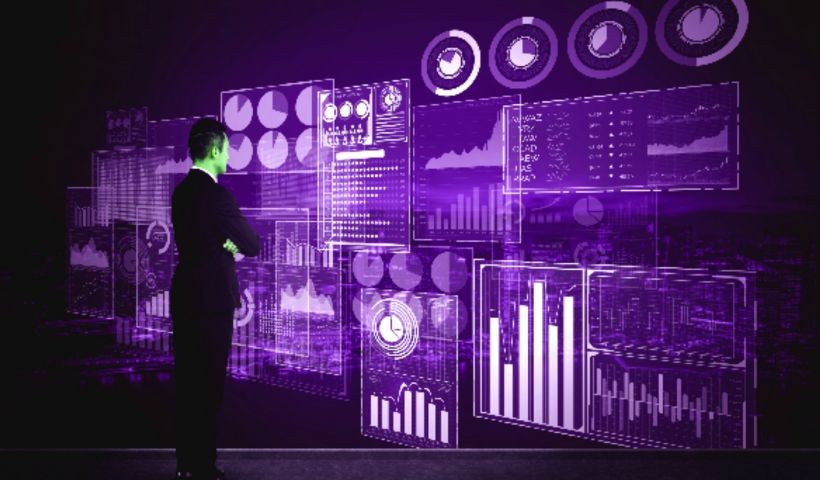Artificial Intelligence, ‘Big Data’ and IoT shape the new logistics : During the last years, the logistics industry has experienced more changes than those registered during the entire previous century. The explanation lies in globalization, the strong growth of e-commerce, the constant emergence of new technologies and, more recently, in the Covid-19 pandemic, which has accelerated the digitization of companies.
Logistics has entered a decade of transformation, driven by new advances in data analysis, robotics, Artificial Intelligence ,Big Data, quantum computing or the Internet of Things. To adapt to all the changes that are expected, professionals must identify and embrace new trends.
Logistics operators work with millions of pieces of information about orders, shipment movements, shipment location and asset conditions. In this sense, it is important to make good use of the data obtained in order to optimize planning and predict future scenarios.
As far as Artificial Intelligence is concerned, it allows solving the biggest challenges in the sector at an operational level, such as route optimization, demand forecasting or automation. It also plays a fundamental role in the automation of robotic processes, even the most complex ones.
Impact Of IoT On Logistics
Lastly, the Internet of Things is having a growing impact on the world, helping to bridge any gaps in connectivity . The development of this technology and the new generation of ‘wireless’ technologies will contribute to total visibility of the supply chain.
Above all this, the blockchain stands out, the protocol behind cryptocurrencies and that has the potential to change the rules of the game in the supply chain, by providing more speed, transparency and security to transactions.
There are still some cultural and technical difficulties to overcome for its full development in the logistics sector, as is the case with the use of drones or autonomous vehicles, although in this case some of the problems have more to do with the lack of a proper regulatory framework .
Advanced Robotics And Automation Technologies
At the same time, monitoring solutions issue an alert if workers spend too much time in close proximity to a colleague. This is also very useful to be able to trace the contacts of a possible person infected with Covid-19.
For the same reason, robots are being designed that can automate tasks that normally require a lot of closeness between workers, such as unloading trucks.
Given that in recent months there have been difficulties in manufacturing protective equipment or respirators, the use of 3D printers has also been promoted in certain work centers.
For their part, in deliveries, the operators have opted for ‘contactless’ systems, to avoid physical contact between the delivery person and the client. This includes the use of autonomous robots, slogans and applications for digital signatures.
Although it has been the Covid-19 that has forced in many cases this great commitment to digitization, most operators have realized that customers appreciate the high levels of service they currently offer and the improvement that has produced in communications.
Resilience, Sustainability And Technology
The health crisis now occupies all the attention of logistics operators with regard to the organization of the supply chain, but there are trends that for years have continued to shape what the sector will be in the coming years, such as resilience, sustainability and technological maturity.
Efficiency has long been the priority of companies, which have devoted all their efforts to minimizing their costs. Most had been successful in this matter, but the trade war between China and the United States first, and the global pandemic later, have brought to light all their weaknesses.
Normally, when a problem occurs, a temporary work team is created to solve it as soon as possible. It works, but a lot of time can be wasted searching for the right people, resources, and information to provide an effective response.
When it comes to sustainability, it is clear that with the lockdown measures implemented in a large number of countries, pollution has been substantially reduced and traffic levels have plummeted. Consequently, air quality in cities has greatly improved.

